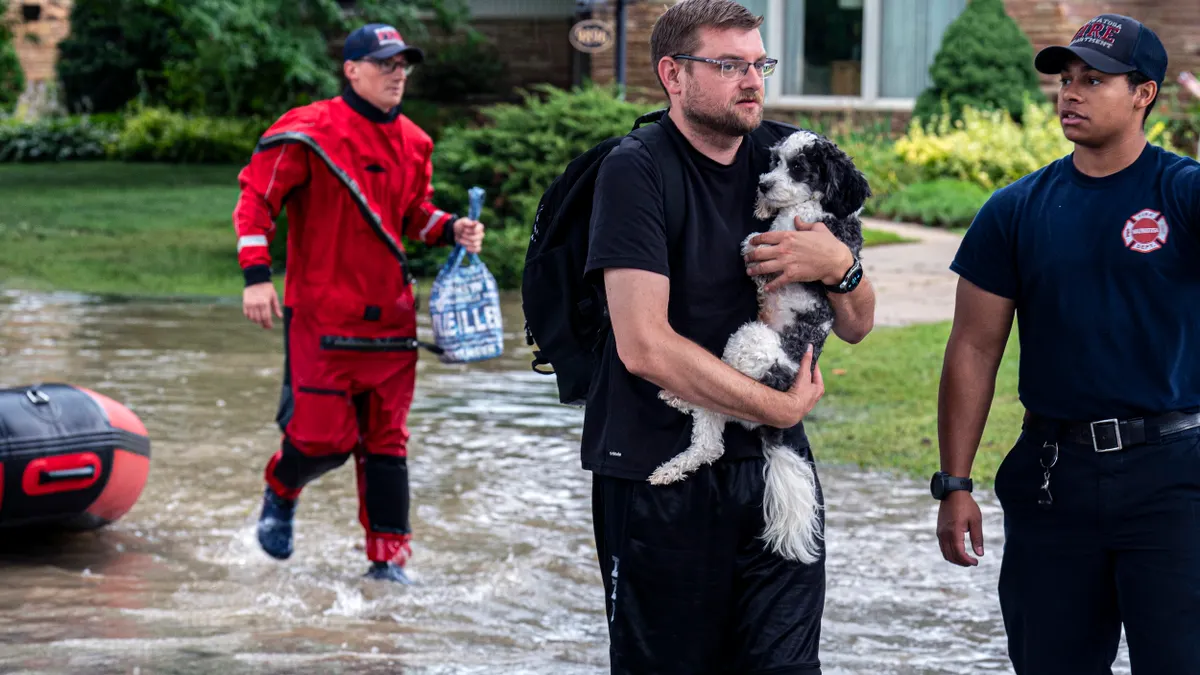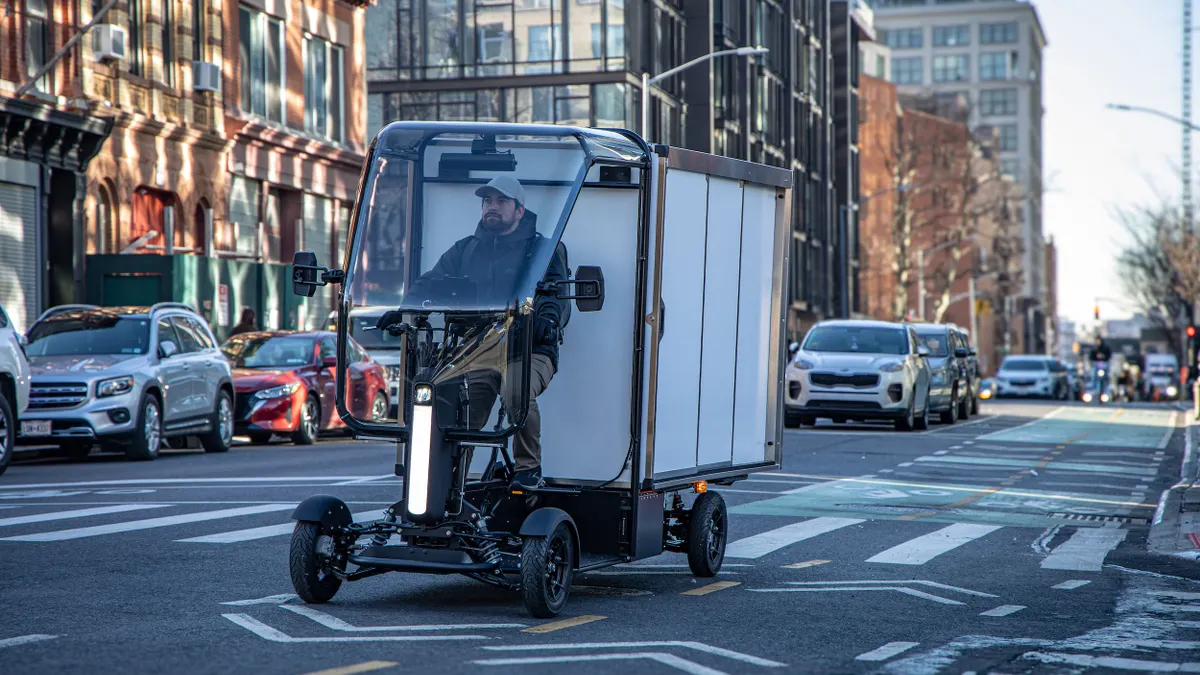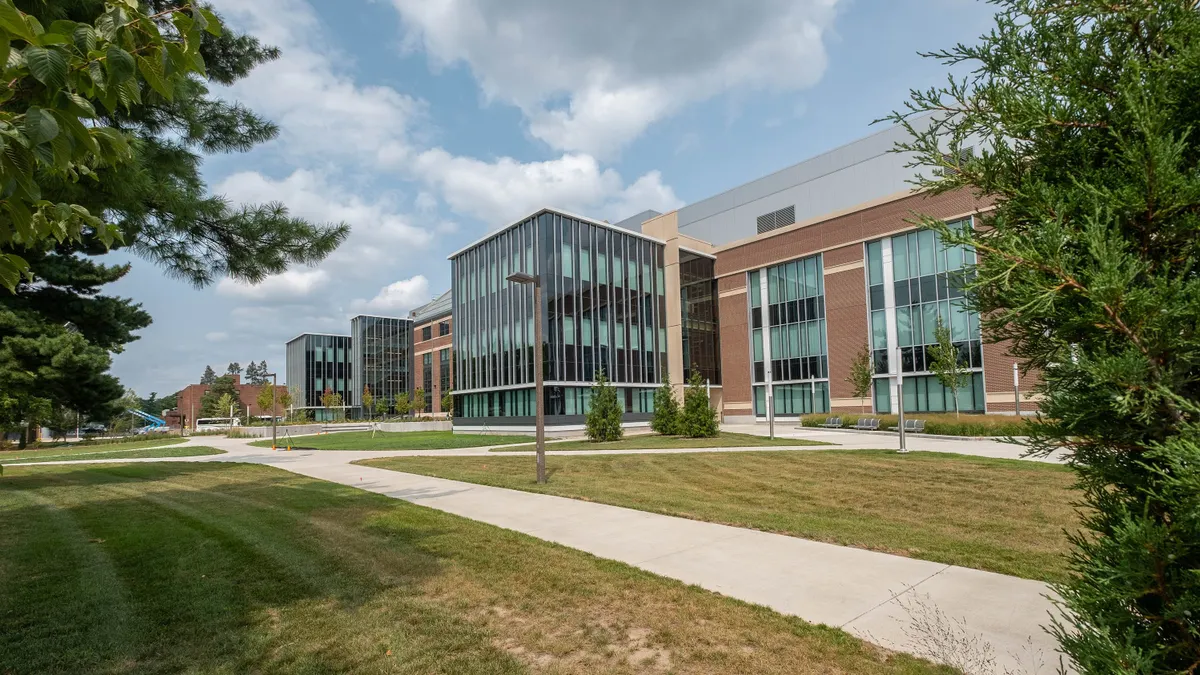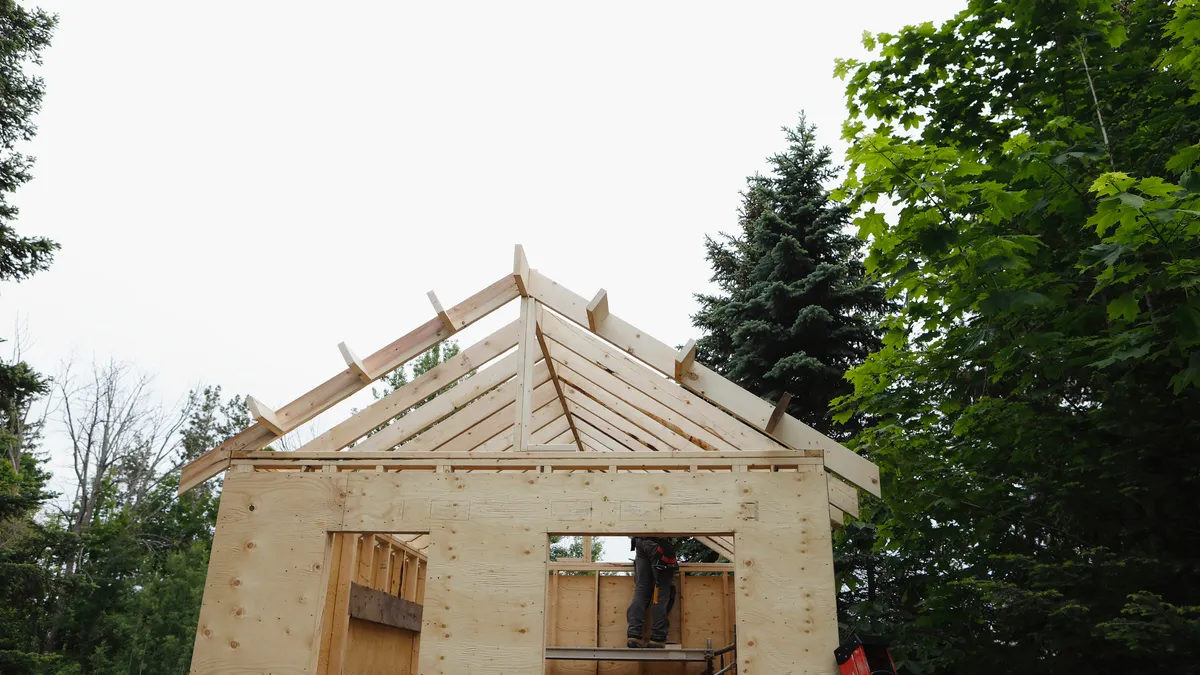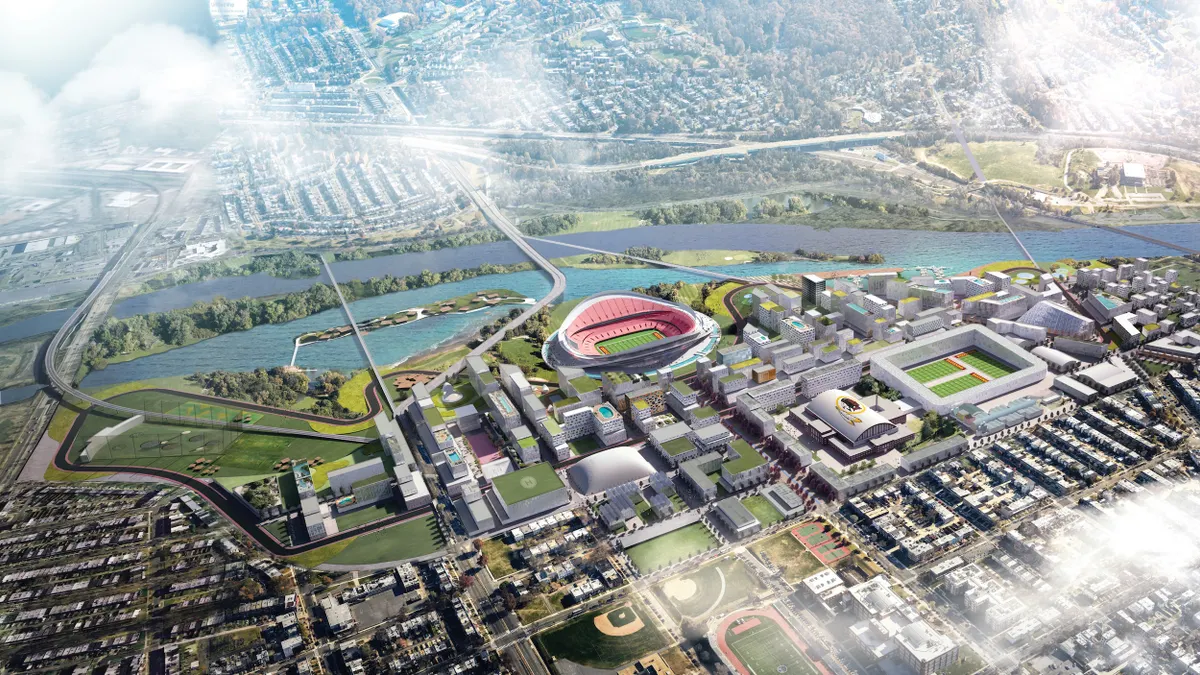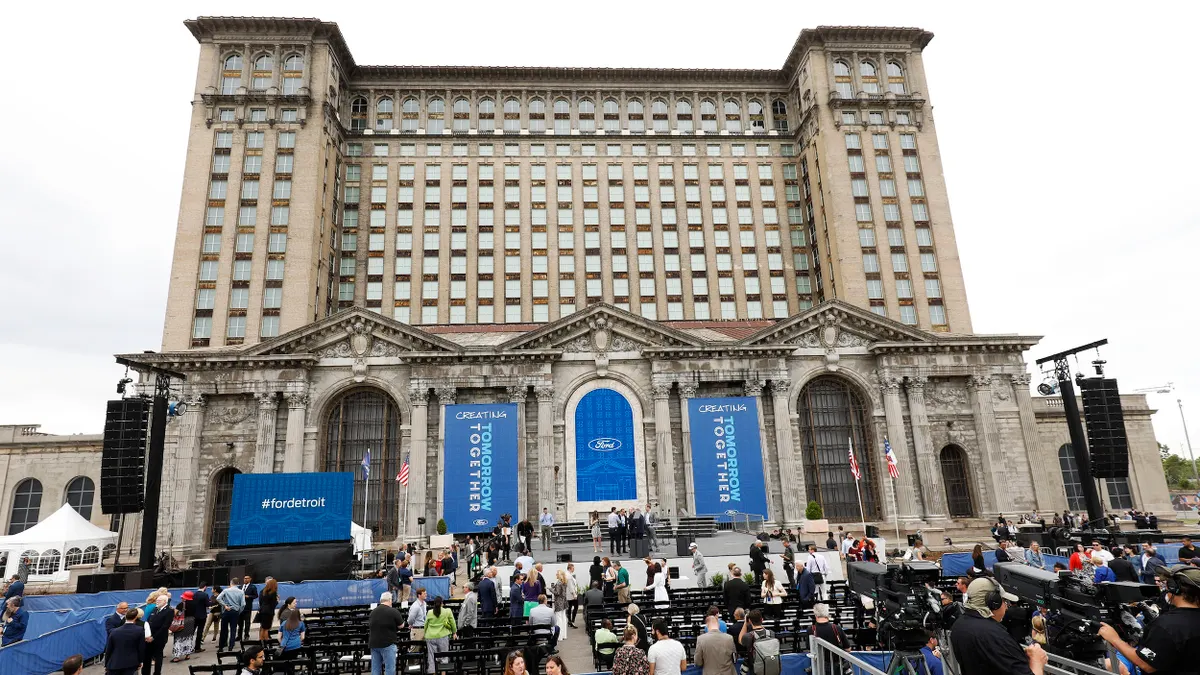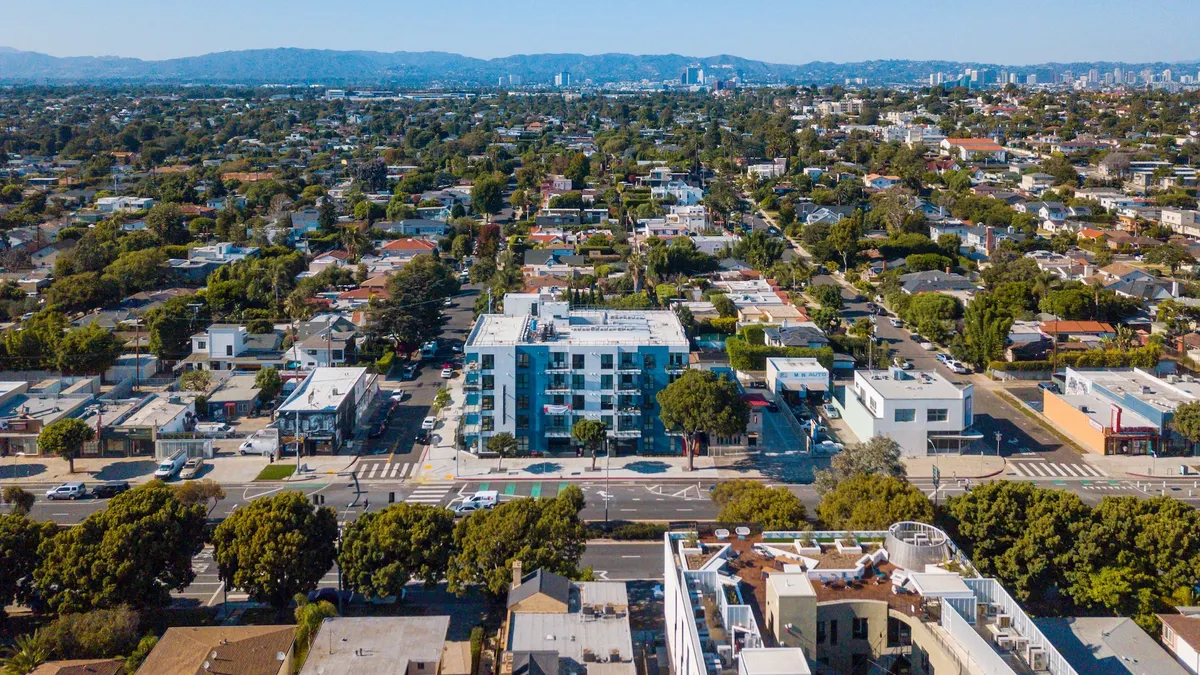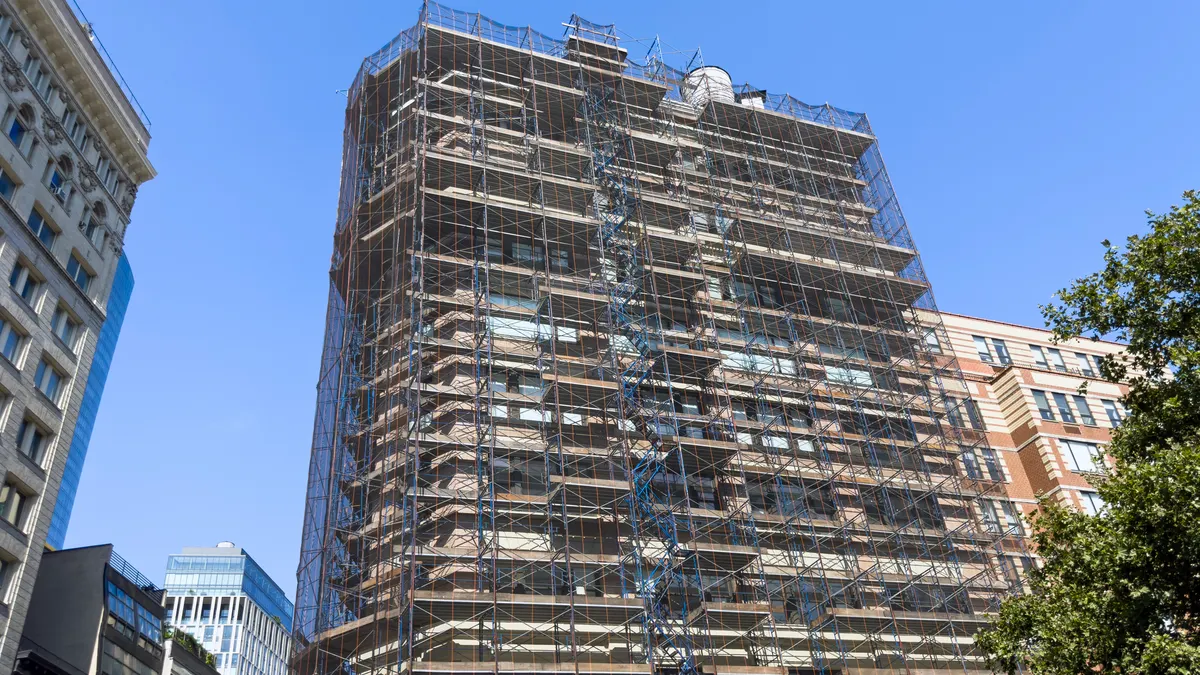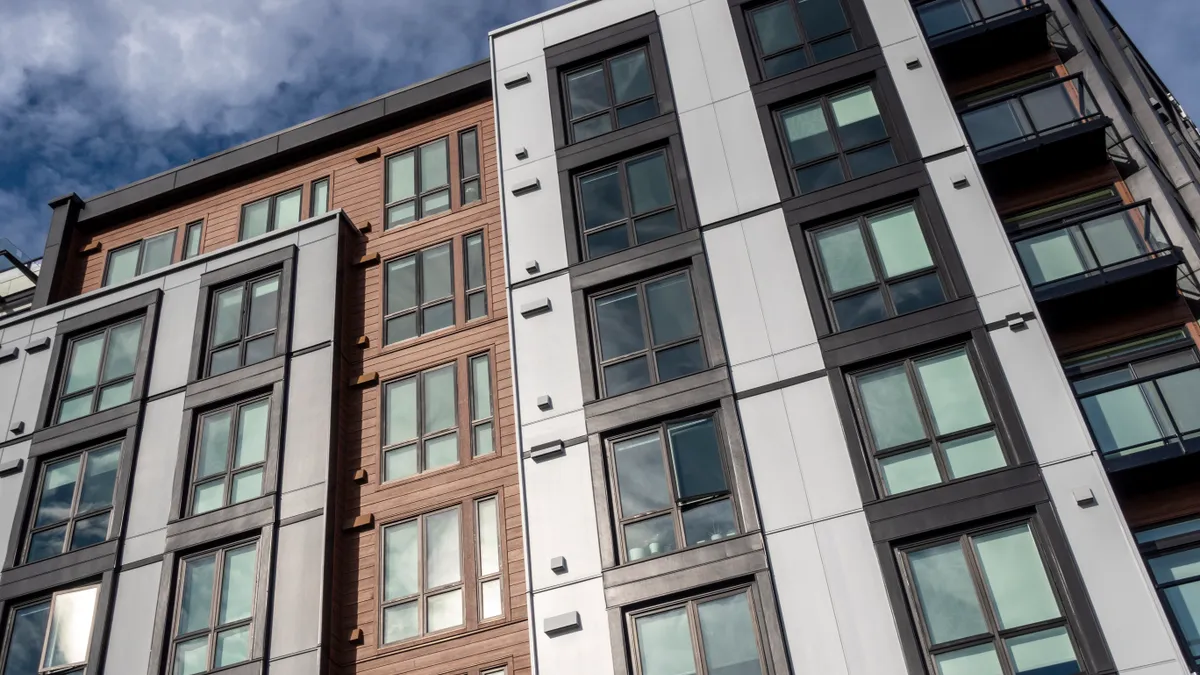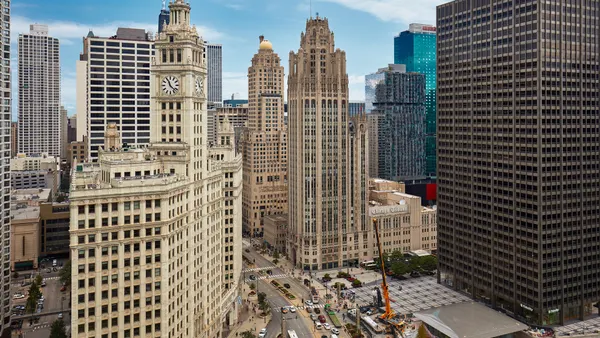Charlie Sidoti is the founder and chief executive of InnSure, a mission-driven nonprofit focused on catalyzing a bold insurance response to climate change.
As climate-related disasters become more frequent and severe, the conversation around community resilience has never been more urgent. At the heart of this discussion lies a critical question: How can the U.S. build communities and infrastructure that will not only survive but thrive in the face of natural hazards?
The answer may lie in a fundamental shift in how communities approach building codes, moving beyond one-size-fits-all solutions toward more nuanced, performance-based frameworks that unlock innovation and investment in resilience.
Prescriptive codes don’t account for today’s challenges
Historically, building codes have followed a prescriptive approach, providing detailed specifications for materials, construction methods and design requirements. These types of codes tell builders exactly what to use and how to use it — from the type of fasteners required for hurricane straps to the specific fire-rated materials needed.
While prescriptive codes offer clarity and ease of enforcement, they don’t account for changing hazards, emerging technologies or unique hyperlocal conditions. As our understanding of climate change increases and advancements in fields like wildfire risk management and structural engineering provide deeper insights into building performance, it becomes crucial to incorporate these new findings into new and pre-existing community structures.
Stronger building codes save lives, reduce property damage and create more resilient communities. Yet many communities continue to operate under outdated codes that leave them vulnerable to predictable hazards.
Performance-based codes offer a solution
Performance-based codes focus on desired outcomes rather than specific building methods. Instead of mandating particular materials or construction techniques, these codes set performance standards — such as wind resistant levels, urban conflagration resistance or seismic performance criteria — and allow builders, architects and engineers to choose how to meet those standards. With this approach, communities open the door to innovative solutions, alternative materials and construction methods that may be more effective, cost-efficient or better suited to local conditions than traditional codes allow.
Performance-based codes also provide the flexibility to account for differences in communities and hazards. A coastal community facing hurricane risk has different needs than a wildfire-prone mountain town or an earthquake-vulnerable urban area. Similarly, a house next to a lake warrants different construction than one a mile away from the waterfront. And of course, what works today may also prove to be inadequate tomorrow as hazards constantly change and evolve. These realities demand flexibility in code development, allowing for innovation and adaptation rather than rigid adherence to uniform standards.
Because performance-based codes dictate the end result instead of the building process, there’s a misconception that they reflect less stringent standards. Nothing could be further from the truth. With performance-based codes, if builders elect to deviate from traditional prescriptive approaches, their new building methods can be required to undergo rigorous performance testing and receive certification. In this way, communities can ensure new methods are capable of withstanding potential hazards while providing quality assurance and professional accountability.
When codes focus on outcomes rather than methods, they encourage new materials, construction techniques and design approaches that may exceed traditional standards. This innovation can lead to more cost-effective resilience solutions and, when properly implemented and enforced, can establish a foundation for community-wide resilience that protects not just individual buildings but entire neighborhoods.
A new approach to building codes can pave the way for weather resilience
Updated codes benefit communities’ financial resilience as well. This could result in reduced insurance rates, increased access to bond markets and ultimately a stronger economic safety net and foundation to rebuild from in the event of a disaster. This is especially critical given reductions in federal funding for prevention and recovery for weather-related disasters.
Collaboration is essential. Code officials need support in developing and implementing standards that account for local conditions. Builders and designers need incentives to exceed minimum requirements and invest in innovative approaches. And communities need access to technical assistance and financing to support code upgrades and enforcement.
By embracing performance-based building approaches, supporting innovation and maintaining flexibility in building methods, we can build communities that aren’t just stronger than they are today but also capable of growing in the face of natural catastrophes.


